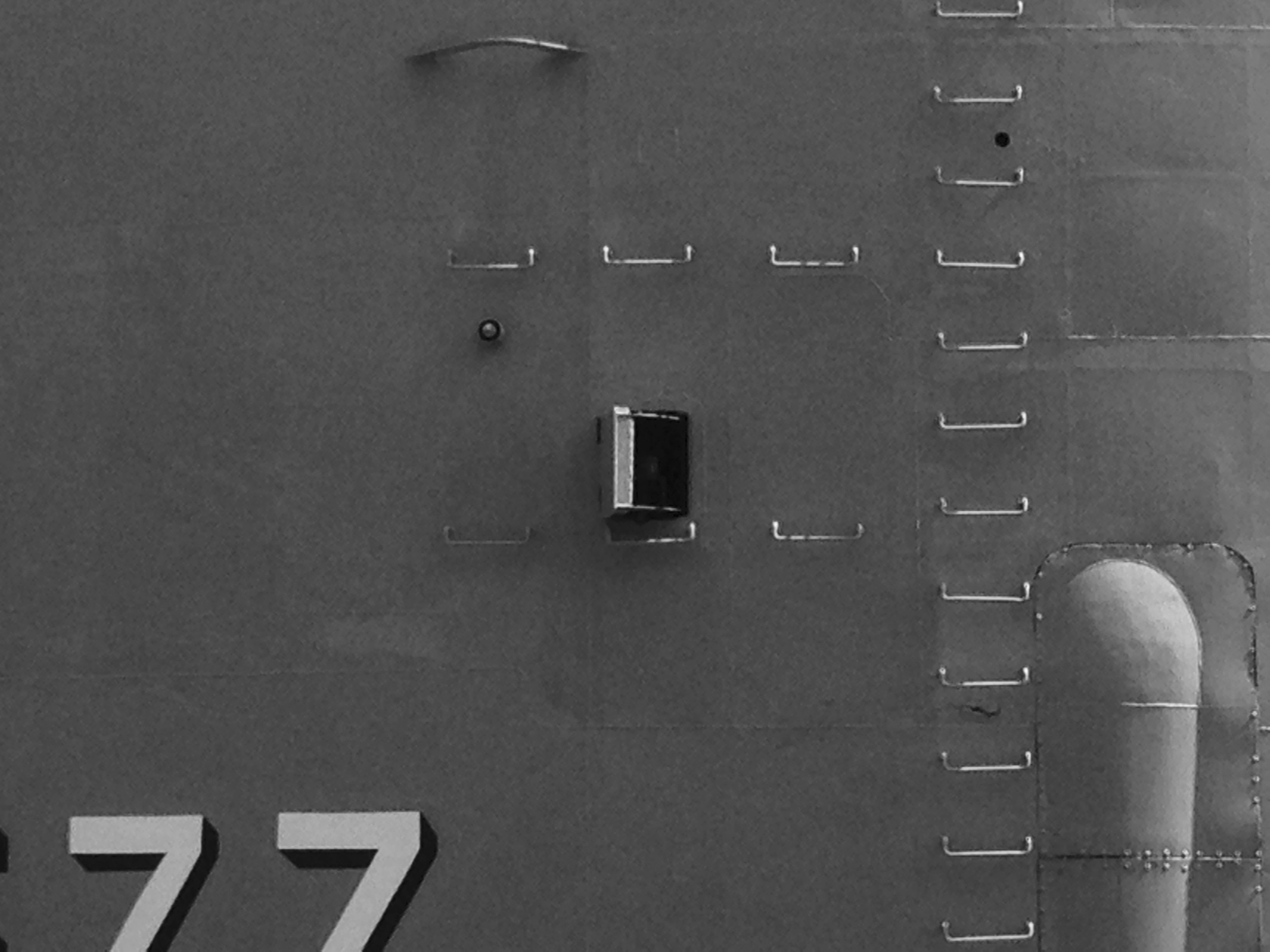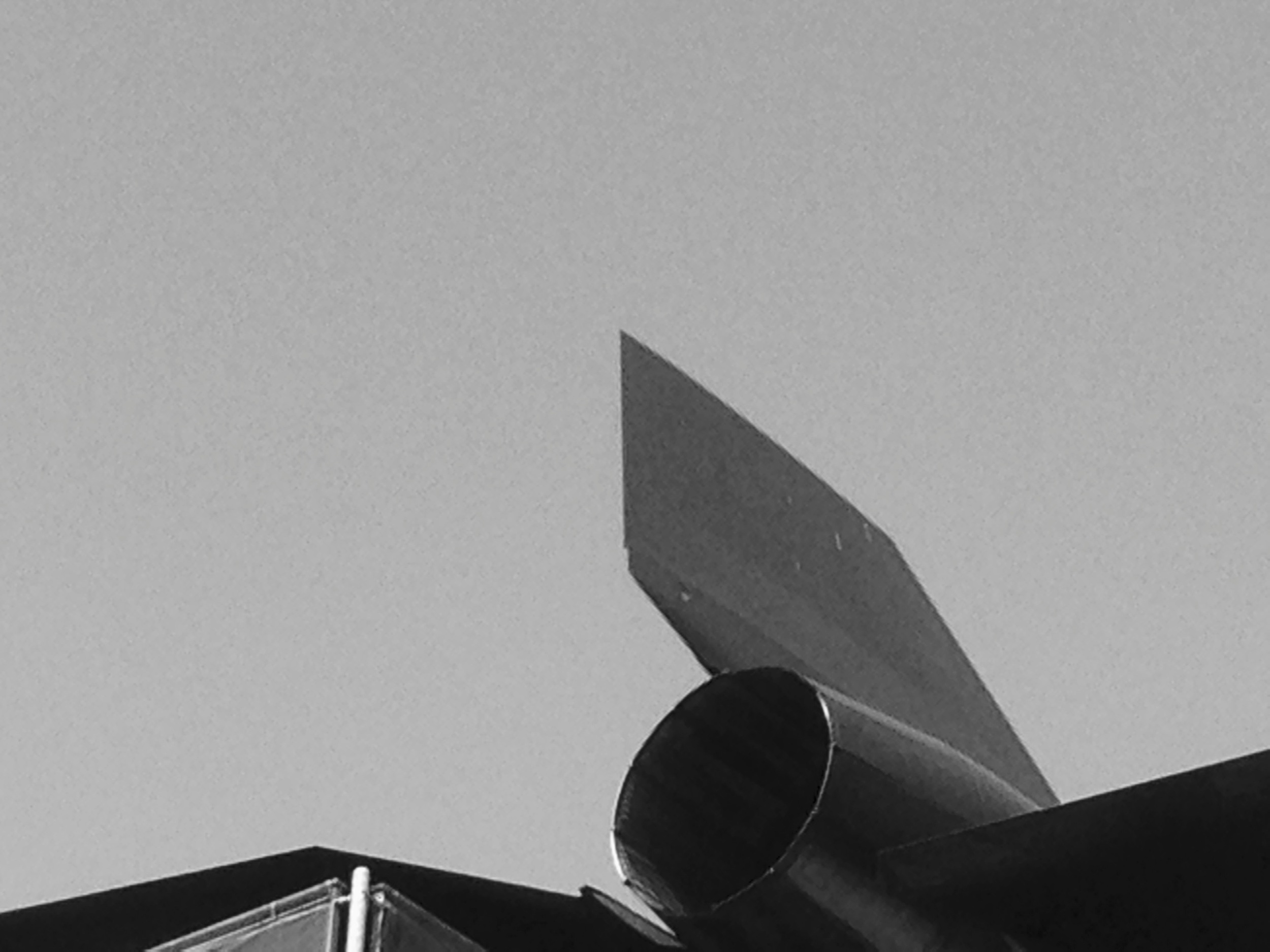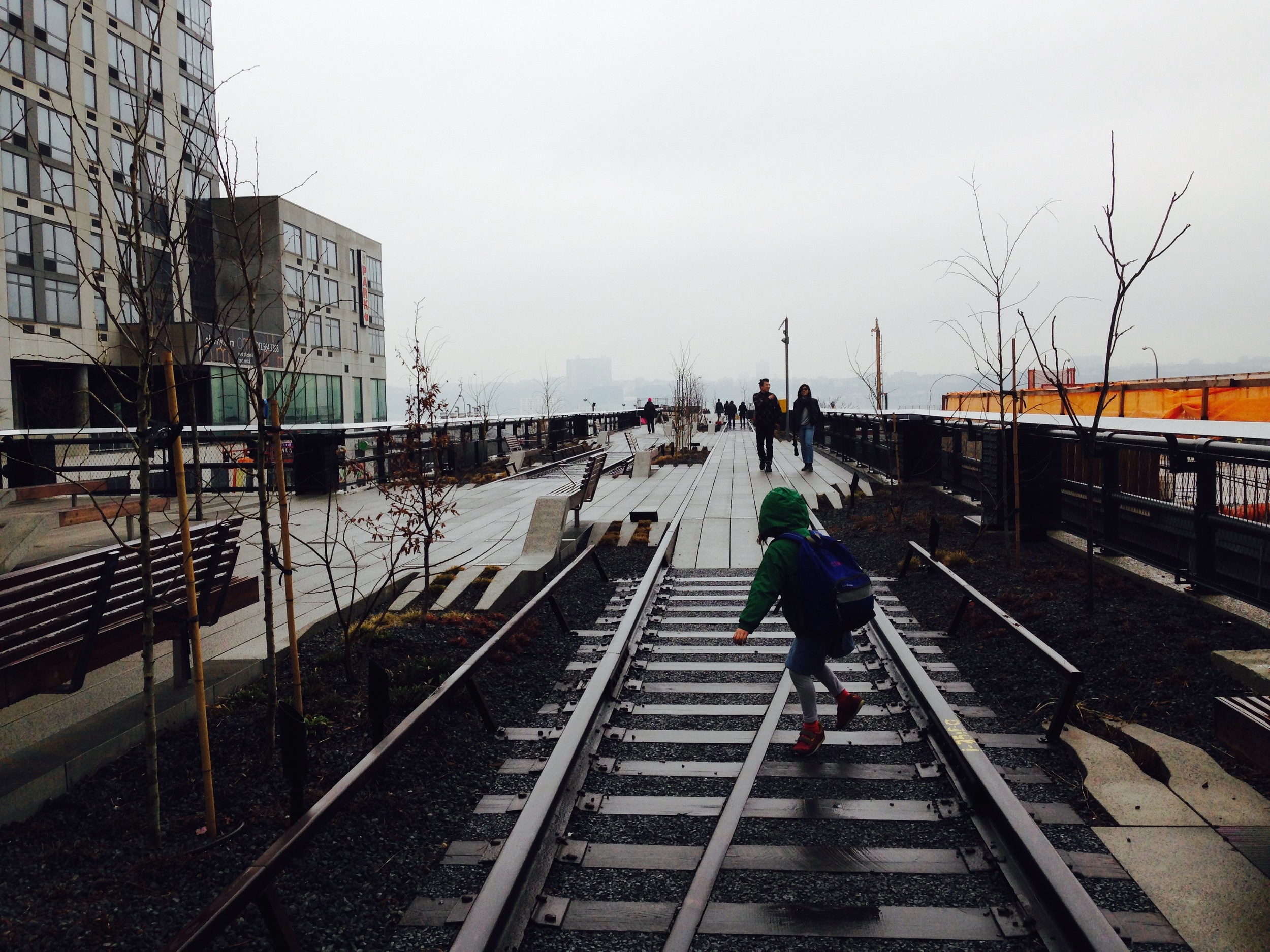This building sits on a quiet block on the bluffs of Washington Heights in upper Manhattan. Designed by the firm that has brought so much bright and thoughtful design to New York City over the last few decades, Diller Scofidio+ Renfro, this building literally pushes the envelop with its overt emphasis on sculptural expression linked to interior configuration and functionality.
The building is a strong contrasting element from the early 20th century fabric of homogeneous apartment blocks. This contrast is welcome in these parts of Manhattan that were developed in condensed periods of time with marked repetition of building types, materials, and details.


























